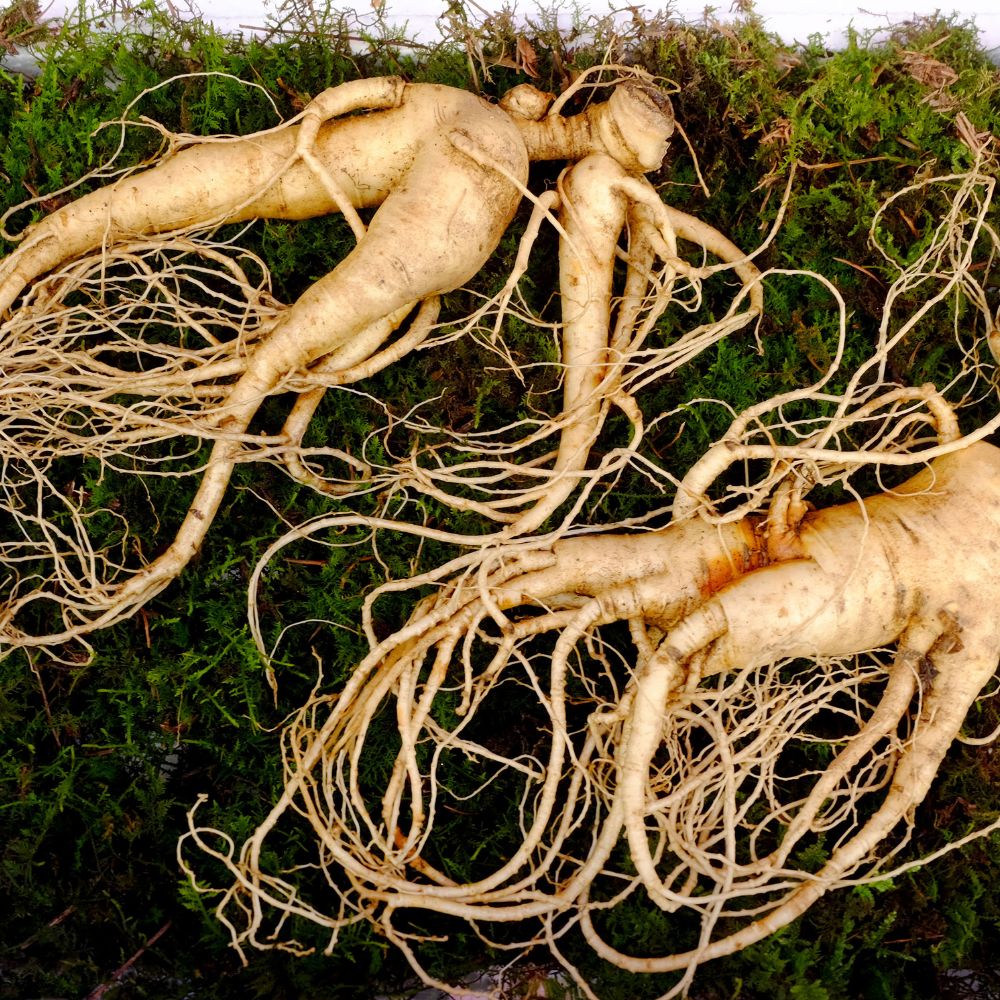How to Grow Ginseng Growth Guide: Cultivating Health and Wealth from Root to Riches

Ginseng is a slow-growing plant that requires special care. It's best grown in a sunny, open location, and should be planted directly into the ground rather than started from seed indoors. Keep the soil moist but not soaking wet, and allow plenty of sunlight and air circulation especially when plants are young. Fertilize with compost or manure 1 month after planting out, then again every year after that. After growing to 2 feet tall and before flowering, cut back all side branches so only 1 main stem remains.
Ginseng is a slow-growing plant that requires special care.
Ginseng is a slow-growing plant that requires special care. It's a perennial plant, which means it lives for many years and comes back each spring from its roots. The main requirements for growing ginseng are plenty of sun and air circulation, well-draining soil, loose soil that allows oxygen to reach the roots (but doesn't get too wet), good drainage so excess water drains away quickly, plenty of moisture during summer months when plants are actively growing but with varying amounts during winter depending on your climate zone.
Ginseng can be grown in many different climates but will thrive only if conditions are right at all times during its life cycle: from seedling through maturity into old age!
Plants are best grown in a sunny, open location.
Growing ginseng plants is a great way to learn more about how they grow, and it can be very rewarding. To get started, you'll need:
- A sunny location with at least 6 hours of sunlight each day.
- Protection from strong winds or windy weather (such as hurricanes).
- If growing indoors with limited light, choose a south-facing window for optimal growth conditions. You may also want to consider using artificial lights if your windows aren't bright enough for your plant's needs; however, this can be expensive and time-consuming!
Once you've got all the materials ready--and before planting out any seedlings--it's important that we discuss soil preparation first...
Plant seeds directly in the ground.
Plant ginseng seeds directly in the ground as early as possible in spring. The best time to plant is when the soil has begun to warm up, but before it gets too hot and dry. Ginseng seeds should be planted 1/4 inch deep and spaced about 6 inches apart, with rows spaced 12 inches apart from each other.
The young plants will need consistent watering throughout their first year of growth; do not let them dry out! Until they are established, weeding can be difficult because it is difficult for small seedlings to compete with weeds for water and nutrients. However, once they have grown tall enough that their leaves shade out most weeds, you may be able to reduce your weeding efforts significantly (or even eliminate them altogether).
Keep the soil moist but not soaking wet.
When you're growing ginseng, it's important to keep the soil moist but not soaking wet. If the soil is too wet, the roots will rot and die. If it's too dry and they don't have enough water to drink, they won't be able to grow properly either.
One way to check whether your soil is just right for ginseng plants is by sticking a finger into it--if it feels like a damp sponge with some crunchy bits mixed in (like small pebbles), then that means your plant should be happy!
Allow plenty of sunlight and air circulation, especially when plants are young.
Ginseng plants require plenty of sunlight and air circulation, especially when they are young. They will grow best in a sunny location with good drainage. If you don't have enough sun or air circulation, the plants may become weak and not produce ginseng berries.
Fertilize with compost or manure 1 month after planting out, then again every year after that.
Once the plant is in the ground, fertilize with compost or manure. The first time should be one month after planting out, and then again every year after that. Use a fertilizer with a high nitrogen content and don't overfeed! Too much fertilizer will cause the plant to grow too fast and it will be more susceptible to disease or insect infestation.
After growing to 2 feet tall and before flowering, cut back all side branches so only 1 main stem remains.
After growing to 2 feet tall and before flowering, cut back all side branches so only 1 main stem remains. This will help the plant focus its energy on becoming root-bound rather than producing flowers.
Growing ginseng successfully takes time and patience
Growing ginseng successfully takes time and patience. It can take at least three years to mature, so be prepared for a long-term commitment. If you're hoping to harvest your first crop in two or three years, then you'll need to start with seeds rather than plants that have already been growing for a while.
Ginseng will not grow in shade--it needs plenty of sun and air circulation in order to thrive. The plant also requires regular watering during its active growing season (April through September), as well as fertilizer every spring before new growth emerges from the soil surface; fallow beds should be dug up every other year so that root systems don't become too crowded or damaged by competing plants underneath them over time.
Conclusion
Ginseng is a slow-growing plant that requires special care. It's best to grow ginseng in an open location with plenty of sunlight and air circulation. The soil should be kept moist but not soaking wet, and the plants should be fertilized with compost or manure 1 month after planting out, then again every year after that. After growing to 2 feet tall and before flowering, cut back all side branches so only 1 main stem remains.
-
Posted in
How To's









